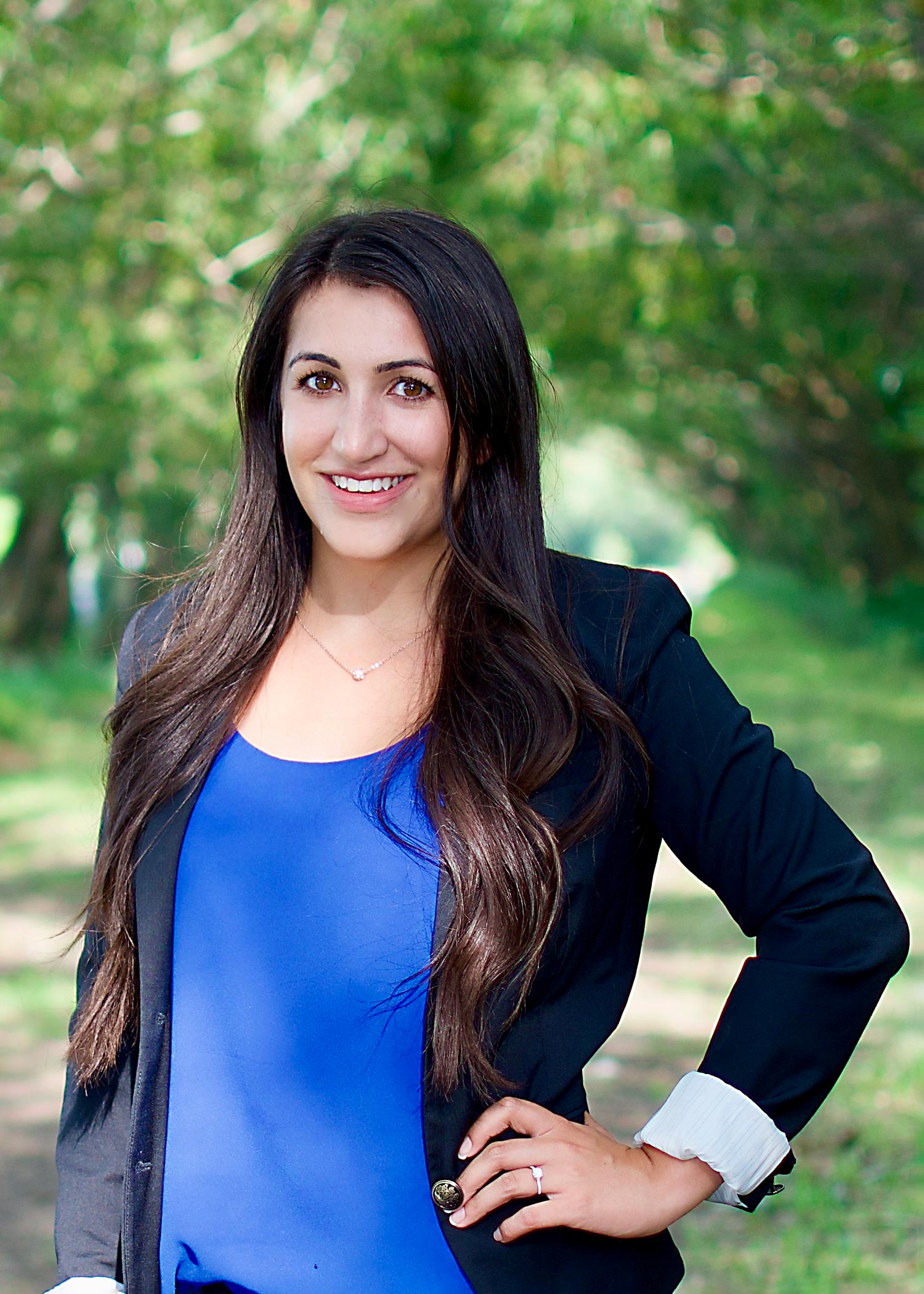Jasmine Nathoo considered herself fortunate as she joined high-school classes after moving from Kenya to Canada as a teen. She already spoke English and came from an academically strong program. Yet it was still a challenge.
“I had to repeat some courses which weren’t recognized. I was having to advocate for myself in the school system with various degrees of success, and that was an isolating experience.”
As a graduate student doing a counselling practicum in 2017, she saw her own experience mirrored as Syrian youths, then fleeing their home country’s strife for Canada, struggled to adjust as they joined high-school classes—but with additional language, cultural and academic barriers she hadn’t faced.
“What stood out was that there weren’t a lot of supports for these students, and language barriers were making it challenging for them to access what was available,” Nathoo recalled. “And often, schools and educators wanted to help students but weren’t sure how to best do that.”
Syrian girls faced some particular challenges in adjusting, with higher family demands on their time to juggle school work while caring for younger siblings, Nathoo noticed. “Their brothers might have more time to attend clubs, join sports, build social connections and learn English.”
If they’re struggling with their mental health, young women tend to be more vulnerable to anxiety and depression, she added.
Compelled to explore how better to help immigrant youths—and young Syrian women in particular—reach post-secondary education, Nathoo recently received a two-year, $40,000 grant from the Social Sciences and Humanities Research Council.

Now working on a PhD in the University of Alberta’s Faculty of Education, Nathoo, who is also a registered provisional psychologist, will work with a handful of young Syrian women in using PhotoVoice, a research method using photography, to document their daily realities.
The arts-based research gives the young women a concrete way to share and reflect on their own experiences, challenges and strengths. For instance, if they struggle with language, they may photograph a book to represent that barrier.
“It allows them to talk about abstract concepts and adds a lot of richness to the dialogue. They’ll go out and take pictures and discuss the photos as a group to come up with solutions or policy recommendations and strategies on an individual level that can create change for them.”
Many Syrian youths—and young women in particular—want to go on to post-secondary studies, “but the path to get there is unknown in terms of what that will look like,” Nathoo noted.
Canada has received more than 57,000 Syrian refugees since 2015—about half of them children and youths—and research emerging over the past few years indicates that getting a higher education is keenly important to them, she added.
“It has to do with what kinds of careers they can have and the idea of stability, being able to have a sense of grounding. If you’ve moved from place to place in life and not necessarily had access to a steady education, stability that way is considered very valuable. And often they’re also very aware that their parents had to give up so much to bring them here—they want in return to be able to provide for their parents.”
The PhotoVoice project will give an idea of what barriers the girls feel they face at individual, community and systemic levels, she said. “This could include a lack of appropriate support services geared towards their specific needs, a lack of information in high schools about post-secondary options, or English-language learning classes that don’t adequately prepare them for post-secondary learning.”
Nathoo also hopes the research will reveal what existing supports they’ve found and “what’s working well and what isn’t.”
The girls’ explorations could ultimately contribute to policies for schools and school boards on what kinds of support they can provide for struggling youth who want to go on to post-secondary education, she said.
There could also be findings for colleges and universities to support immigrant youth on their journeys through higher education studies, Nathoo noted.
“I hope we can help ease the transition from high school to post-secondary education, such that youth feel supported and have a good sense of what they need to do to get to post-secondary levels, and so the process doesn't feel so intimidating or overwhelming.”
Nathoo’s research is also supported by the Stollery Children’s Hospital Foundation through the Women and Children’s Health Research Institute.